5 Best Inexpensive Countertop Materials You Can Use For Kitchen and Bathroom
Are cheap countertops just a myth? Kitchen and bathroom countertops often come with a hefty price tag. But is there a way to find cheap options? Let’s see these top 5 inexpensive countertop materials below.
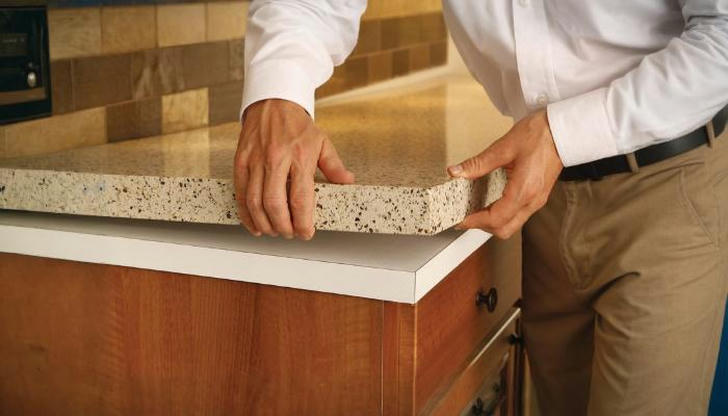
Laminate Countertops
Laminate countertops emerge as one of the prime choices for affordable countertop materials. While premium versions do exist, boasting gorgeous visuals and matching prices, laminate typically offers a cost-effective solution.
The secret lies in its construction—thin laminate sheets adhered to MDF (medium-density fiberboard) form the bulk of these countertops, making them affordable. You're only paying for the thin top and side layers. Moreover, many local shops can fabricate laminate countertops.
Pre-Laminated Countertop Slabs
Large home centers and other home improvement stores typically stock pre-laminated countertop slabs, often located towards the rear of the store. These slabs not only offer affordability but also the convenience of same-day installation if purchased in the morning.
However, a notable drawback of pre-laminated countertop slabs is the restricted variety of colors and designs available. Even in large home centers, options may be limited to just two or three styles. If you want other types of laminate slabs, you'll need to special order them.
DIY Laminate Countertops
At large home centers, you'll find not only pre-laminated slabs but also individual laminate sheets, offering a broader range of style options.
However, laminating these sheets onto MDF can be challenging for most homeowners. Yet, if you're proficient with a router, this method offers the most economical route to a laminate counter.
One downside is the absence of the polished rolled edges found in pre-laminated slabs. These edges are crafted in specialized shops and are impossible to replicate at home.
Bath Vanity Tops
When they come as part of a bathroom vanity unit, laminate countertops offer a cost-effective option, with the added convenience of a pre-cut sink insert. Laminated bathroom vanity tops come in a wide variety of colors and styles.
For optimal water resistance, entrusting the fabrication of your countertops to a professional is advisable.
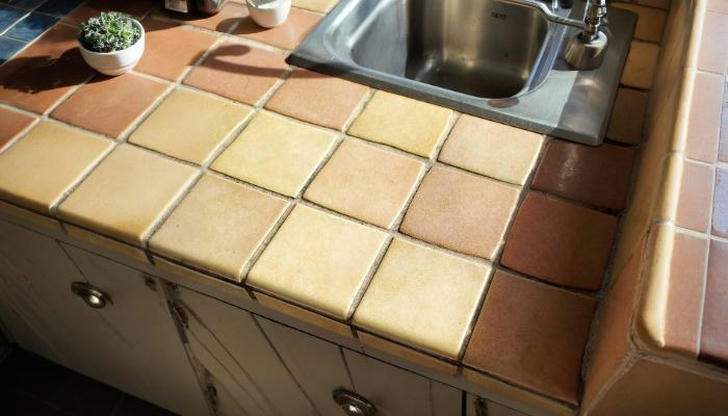
Ceramic Tile Countertops
Ceramic tile has long been favored by homeowners keen on DIY projects, offering an affordable yet visually appealing countertop solution, even more budget-friendly than granite tile. With the addition of bullnoses, corners, and a backsplash, ceramic tile countertops can achieve an attractive finish.
However, the issue with ceramic tile counters lies in the seams. Many homebuyers, particularly cooking enthusiasts, view ceramic tile counters unfavorably due to their challenging cleanup and lack of a perfectly smooth surface for food preparation. In such cases, you'll need to use a cutting board.
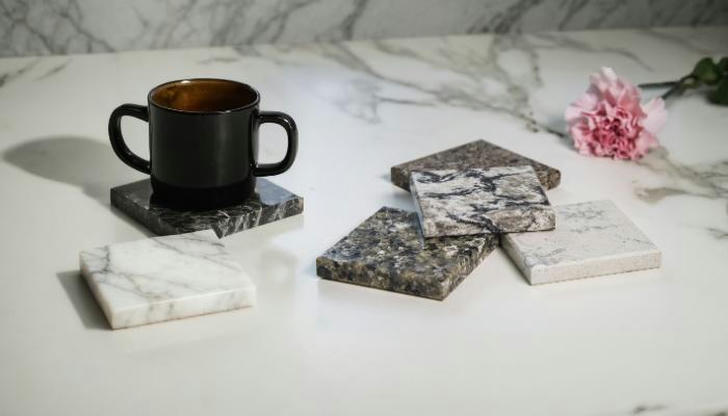
Granite or Stone Countertops
When you want the elegance of stone countertops without breaking the bank, stone tile might be a viable choice. Granite and other stone tiles typically come in 12-inch or 16-inch squares, making them easily manageable for DIY enthusiasts. Transporting these tiles is hassle-free, as they can be easily loaded into most types of vehicles.
Easy to do yourself, tile granite can be installed with epoxies rather than mortar. Additionally, fitting the tiles closely together eliminates the need for grouting. However, it's important to note that while natural granite or any other natural stone offers unparalleled beauty, it tends to be more expensive compared to synthetic materials like laminate.
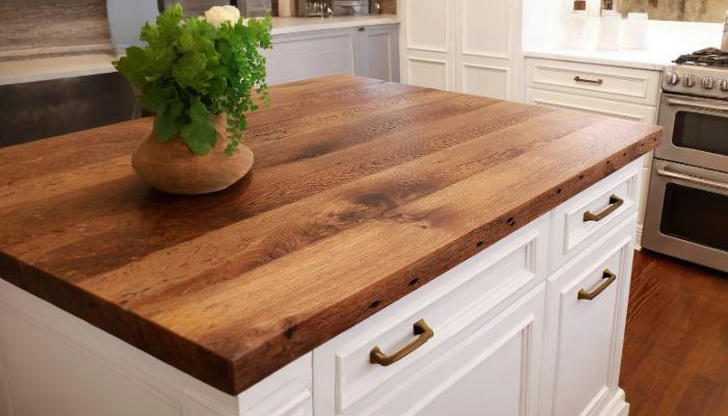
Wood Countertops
One reason why expensive countertops are so expensive is that they must be produced in large factories. Unlike quartz or solid surface materials, there are no cottage industries manufacturing these high-end countertops from scratch.
The key distinction between high and low-cost countertops lies in whether they are produced through an expensive manufacturing process or if individuals have control over the product and process. Wood stands out as a material uniquely suited to cottage industries and light manufacturing.
Butcher block countertops exemplify this principle, with production often as local as a woodworker in your town crafting counters to specifications. In fact, DIY enthusiasts equipped with a few specialty woodworking tools can create their own butcher block countertops.
The process involves milling and planing strips of wood, typically hard or soft maple, which are then laminated together under high pressure using ordinary wood glue. Following fabrication, the butcher block receives multiple coats of tung oil for a durable finish.
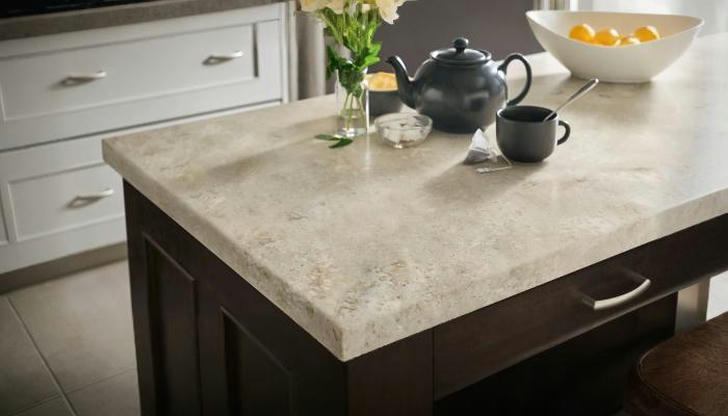
Solid Surface Countertops
Solid surface materials like Corian and Silestone are often dubbed as the go-to for countertops. Among the expensive counters, a solid surface offers a better shot at snagging a deal.
Once monopolized by Corian, the solid surface scene shifted when DuPont's patent expired. This opened the floodgates for other manufacturers to jump in, driving prices down.
As with laminate, those solid surface vanity tops that come bundled with vanity units can be rather cost-effective.
With hundreds of styles, solid surface countertops are a breeze to customize. They boast a hard surface akin to quartz countertops. One of the more unique features of a solid surface is that it can be easily resurfaced. Homeowners can easily sand out scratches and nicks themselves with minimal fuss, no need to bring in a professional fabricator.
